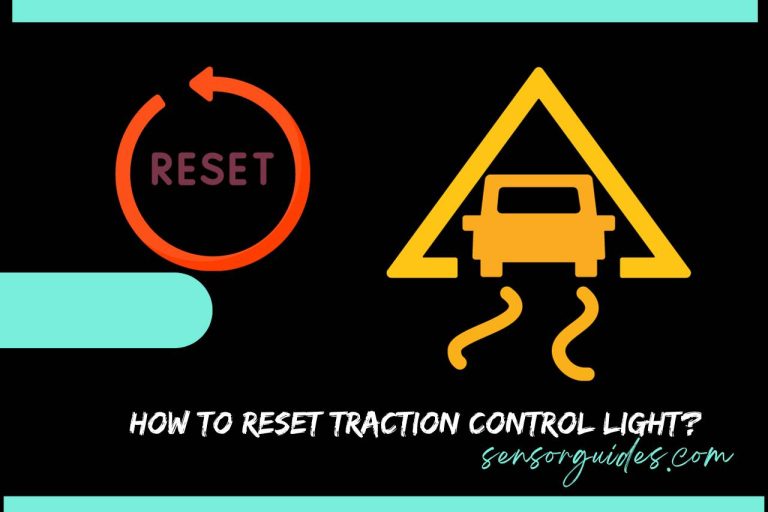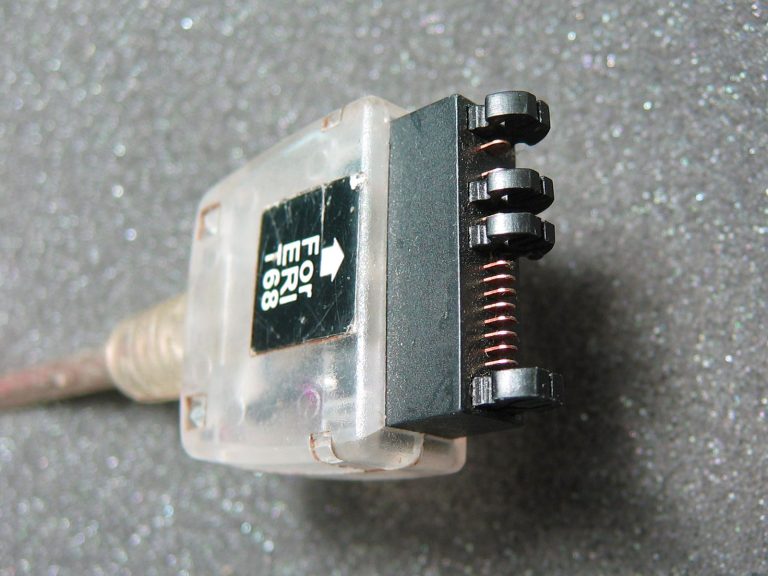Harley Davidson Throttle Position Sensor Problems; By Sensor Guides
Harley-Davidson motorcycles are known for their powerful engines and iconic designs, but they, like any mechanical device, wear and tear over time. Problems with the throttle position sensor are a common problem for Harley riders (TPS).
The throttle position sensor (TPS) is an important component of the motorcycle’s fuel injection system, monitoring throttle position and relaying that information to the engine control module (ECM). When the TPS fails, it can result in a variety of issues, ranging from rough idling and stalling to reduced power and poor fuel economy.
In this article, we’ll look at the causes and symptoms of Harley-Davidson throttle position sensor issues, as well as possible solutions for repairing or replacing a faulty TPS.
Table of Contents
What does the throttle position sensor do in Harley Davidson?

The throttle position sensor (TPS) is an important component of Harley-Davidson motorcycles’ fuel injection system. It monitors the throttle position and relays that information to the engine control module (ECM). The TPS is usually found on the throttle body and comprises a small electrical sensor connected to the throttle shaft.
When the rider twists the throttle, the TPS measures the angle and sends the information to the ECM. The ECM then uses this information to calculate how much fuel and air to deliver to the engine in order to maintain the desired speed and power output.
Harley Davidson Throttle Position Sensor Problems
Harley-Davidson Inc. Problems with the throttle position sensor can result in a variety of performance issues with the motorcycle. The following are some common TPS symptoms:
Rough idling
When the TPS fails, the engine may idle rough or even stall. This can be caused by the TPS failing to detect the throttle position accurately, resulting in the engine receiving incorrect information about how much fuel and air to deliver.
As a result, the engine may have an unstable idle, fluctuating between high and low RPMs, or even shutting down completely.
Reduced power
A faulty TPS can cause the engine to produce less power, making it more difficult to accelerate and maintain speed. This can occur when the engine control module (ECM) receives inaccurate information about the throttle position from the TPS.
As a result, the ECM may fail to supply enough fuel and air to the engine, causing it to run poorly and produce less power.
Inadequate fuel economy
A faulty TPS can cause the engine to consume more fuel than is necessary, resulting in poor fuel economy.
When the TPS fails, the ECM may deliver too much fuel to the engine, resulting in excessive fuel consumption and decreased mileage per gallon.
Backfiring
Backfiring is a loud popping sound that can occur when the engine is misfiring or when the fuel injection system is malfunctioning.
Backfiring in the case of TPS issues can be caused by the engine receiving too much fuel or too little air, causing unburned fuel to ignite in the exhaust system.
Check engine light
If the TPS is not working properly, the ECM may detect a problem and illuminate the check engine light.
This light can indicate a variety of problems, including TPS issues, and should be addressed immediately to avoid further engine damage.
Harley Davidson throttle position sensor reset procedure
The following steps can be used to reset the throttle position sensor (TPS) on a Harley-Davidson motorcycle:
- Remove the key from the ignition and turn off the motorcycle.
- Locate the TPS on the motorcycle’s throttle body. Typically, the TPS is a small sensor connected to the throttle shaft.
- Measure the resistance across the TPS’s two terminals with a multimeter. The resistance should be within the range specified by the manufacturer. The TPS may need replacing if the resistance falls outside the specified range.
- On the throttle body, locate the idle speed adjustment screw. Turn the screw clockwise to increase or counterclockwise to decrease the idle speed.
- Turn the ignition key to “on,” but do not start the engine.
- Twist the throttle grip slowly to its full open position, then release it. Wait five seconds before repeating this step two more times.
- Turn off the ignition and measure the resistance across the TPS terminals once more. The resistance should be within the range specified by the manufacturer.
By following these steps, you can reset the TPS on your Harley-Davidson motorcycle and potentially resolve any throttle position sensor issues. If the TPS continues to malfunction, it may need to be replaced by a qualified technician.
Harley throttle position sensor replacement procedure
If you’re having problems with your Harley-Davidson motorcycle’s throttle position sensor (TPS) and resetting it doesn’t work, you may need to replace the TPS. The following are the general procedures for replacing the TPS on a Harley-Davidson motorcycle:
Turn off the motorcycle and disconnect the negative battery cable to avoid electrical shocks or shorts.
- Locate the TPS on the motorcycle’s throttle body. Typically, the TPS is a small sensor connected to the throttle shaft.
- Pull the electrical connector from the TPS gently away from the sensor.
- Remove the mounting screws that hold the TPS in place with a screwdriver.
- Remove the TPS from the throttle body with care by gently pulling it out of the mounting bracket.
- Install the new TPS in the opposite order as described above. Check that the mounting screws are tightened to the torque value specified by the manufacturer.
- Connect the electrical connector to the new TPS once more.
- Connect the negative battery cable once more.
- Start the motorcycle and test the TPS to ensure it is working properly. A multimeter can be used to measure the resistance across the TPS’s two terminals.
TPS replacement procedures may differ depending on the model and year of your Harley Davidson motorcycle. Furthermore, suppose you are unfamiliar with working on motorcycles or electrical systems. In that case, it is best to have the replacement performed by a qualified technician to avoid causing any damage to the motorcycle or yourself.
FAQs
What controls the throttle position sensor?
When the accelerator pedal is pressed, the throttle valve opens. A throttle position sensor measures how open the throttle valve is and thus controls how much air can flow into the engine’s intake manifold.
Can you bypass throttle position sensor?
You can, but the engine will perform poorly, you’ll waste a lot of fuel, produce a lot of emissions, and you’ll also significantly increase carbon buildup in the engine and exhaust. If not now, you’ll have to pay for maintenance later on.
Does throttle position sensor affect shifting?
A TP sensor issue can affect the performance of an automatic transmission because it is an input to the control module for a number of automatic transmission functions (such as shift points and torque converter clutch operation). You might, for instance, encounter abrupt or delayed shifting.






